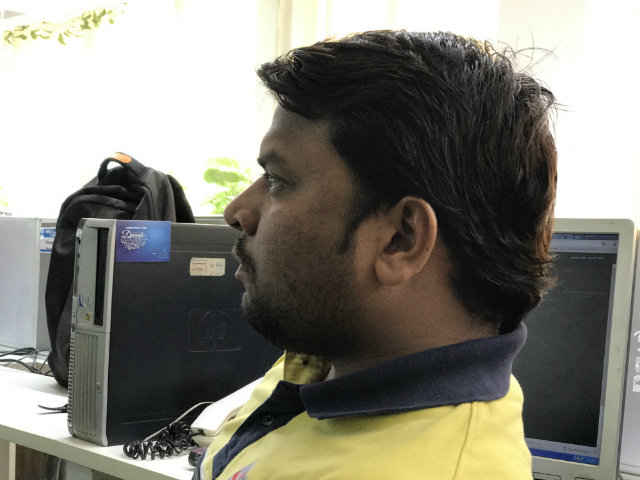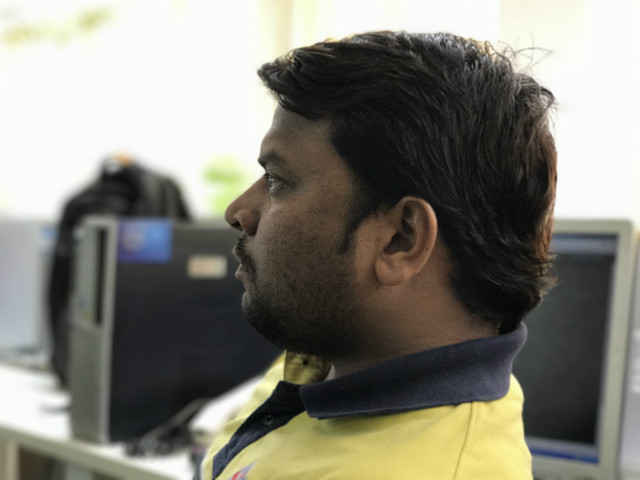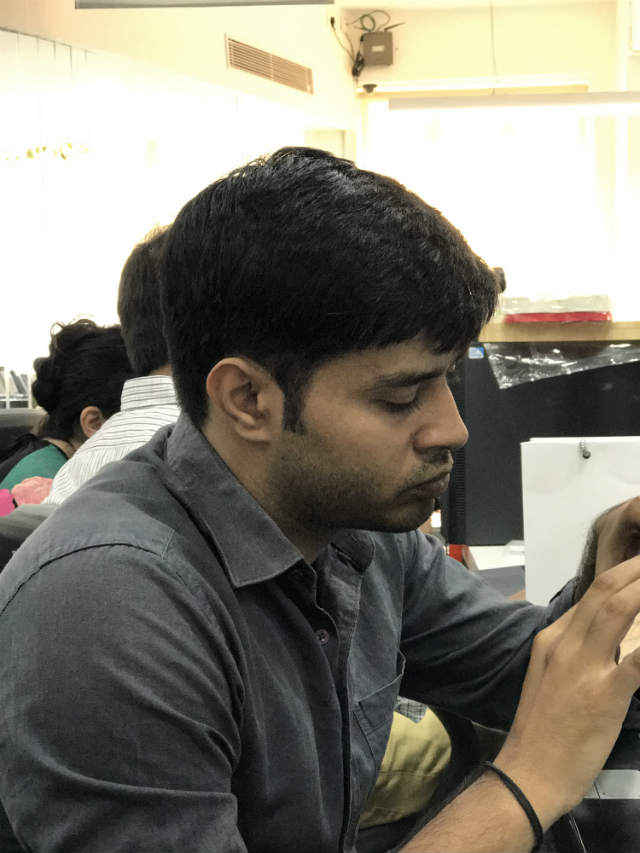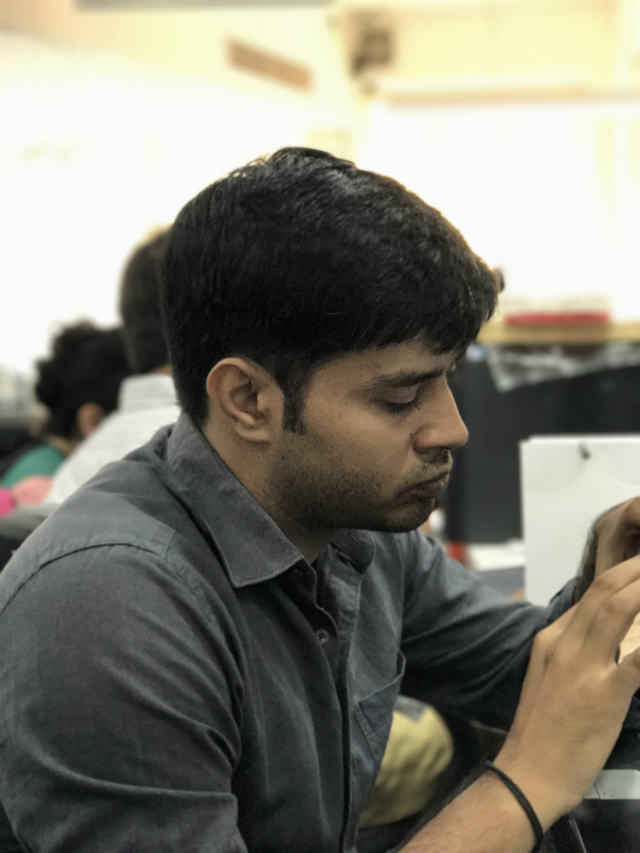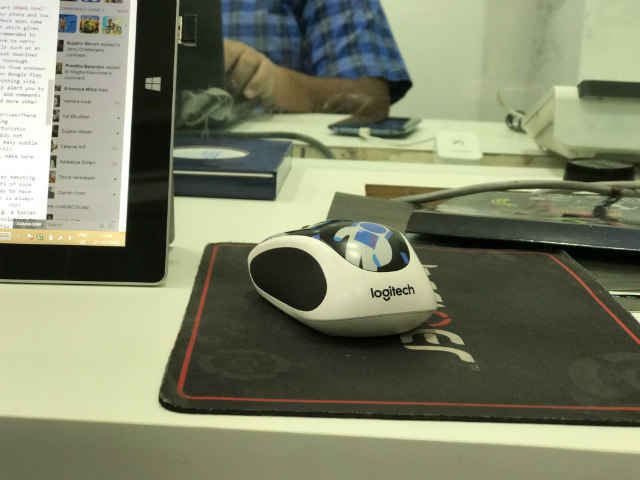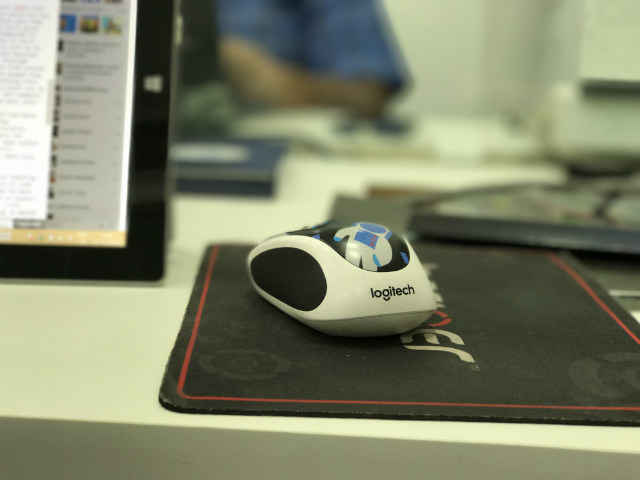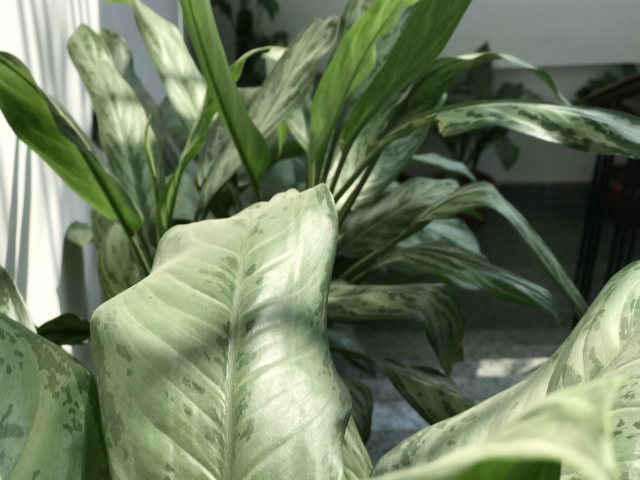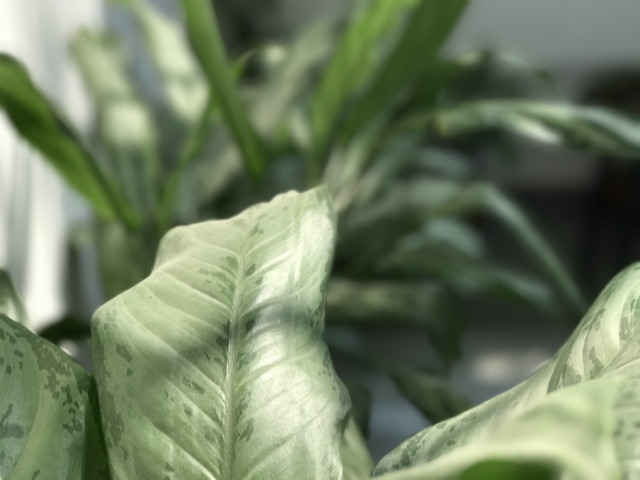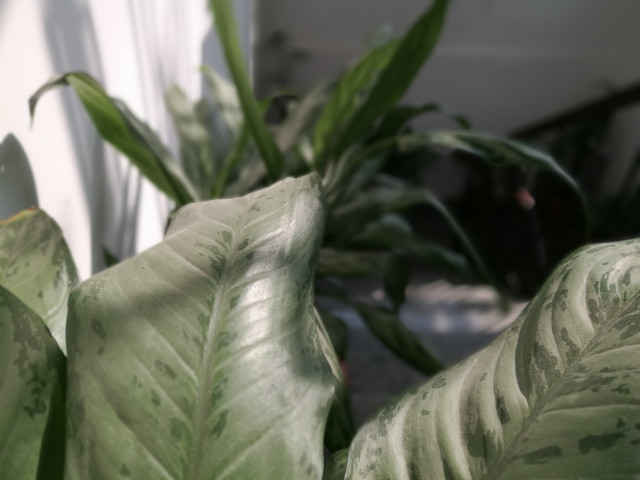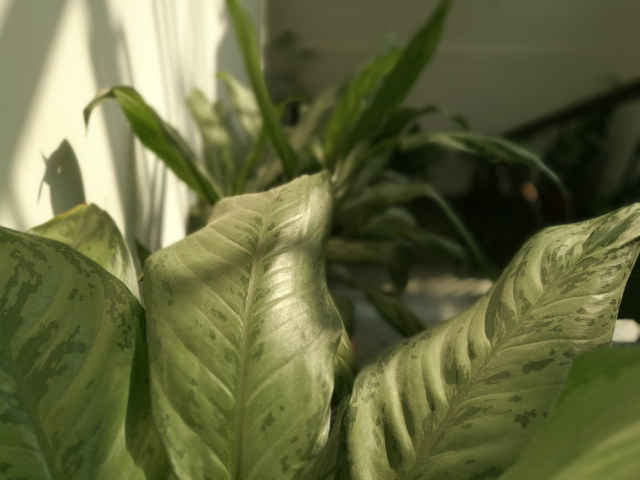Tested: Portrait Mode on the Apple iPhone 7 Plus
The much-awaited Portrait Mode has finally hit the Apple iPhone 7 Plus, although it is still in Beta. Here's looking at how the iPhone 7 Plus fares in producing bokeh and soft backgrounds.
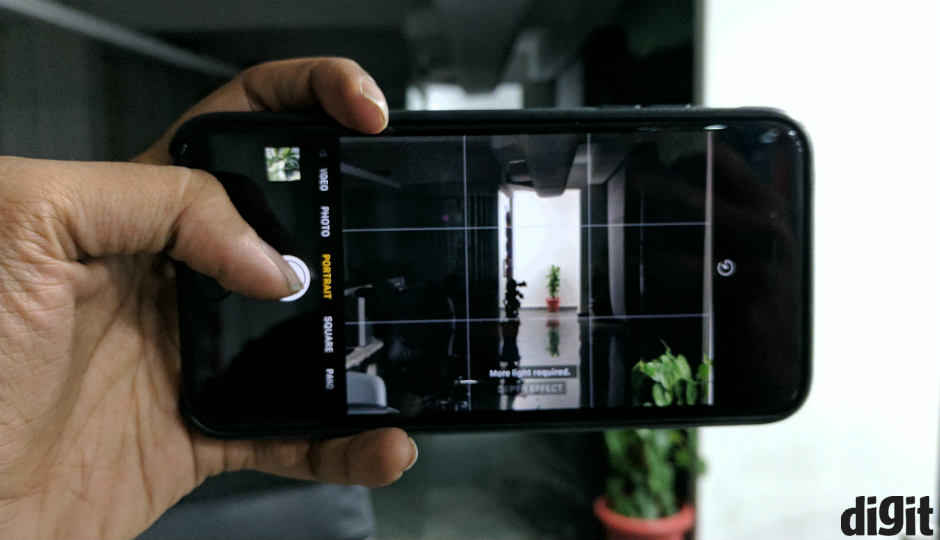
When Apple introduced the iPhone 7 Plus last month, it laid special emphasis on the dual-camera setup and its ability to produce soft backgrounds. However, it soon stated that the bokeh mode will be aided by machine learning algorithms, which would be rolled out to the iPhone later. The time has come, and we have received the Portrait Mode via iOS 10.1. Naturally, we delved into it to explore how it worked, and tested it across various situations and in comparison to the Huawei P9 and Honor 8, which also include dedicated bokeh modes. Here’s looking at how the Beta mode fares.
 Survey
SurveyHow it works
The Portrait Mode uses the 56mm, f/2.8 lens as the primary lens of shooting, and the 28mm, f/1.8 wide angle lens to capture additional details of the background of a photograph being shot. The Portrait Mode itself adds software optimisation that allows the iPhone 7 Plus to gauge the subject of the photograph, hence sharply focusing on it and blurring out the background.
Interestingly, the iPhone 7 Plus saves two copies of photographs shot in Portrait Mode – one synthesised with the algorithms and the two cameras, and the other shot simply by the telephoto lens. This makes it essentially differ from the Huawei P9 and Honor 8, both of which use same aperture, same focal length lens and identical sensors in each of the dual-camera setups. Bokeh modes on the Huawei P9 and Honor 8 are primarily driven by the software, which is slightly different with the iPhone 7 Plus.
It is important to note that the Portrait Mode of the Apple iPhone 7 Plus is still in Beta, but it still delivers fairly enjoyable results. Here’s looking at the photographs produced by it in more detail.
Image quality and performance
The presence of two cameras working in tandem allows the iPhone 7 Plus to create a perception of depth in the images. The algorithms scan frames to identify the angle of the photograph, the desired subject of the photograph, and clearly demarcates the difference between the foreground and background.
Standard Mode
Portrait Mode
The background is captured by the wide angle lens, which itself produces neat, soft backgrounds. The background defocus produced by the wide angle lens is not as profoundly noticeable as more expensive lenses paired with dedicated cameras, but it does contribute to the softer backgrounds produced by software optimisations here.
Standard Mode
Portrait Mode
In terms of dedicated image quality, photographs shot in portrait mode exhibit noticeable amount of image noise, even in brightly lit conditions. While the originality of colour tones are sustained, the level of noise produced in Portrait Mode photographs is quite stark. Additionally, the bokeh shots produce slightly higher contrast than the standard shots. The overall tones do not differ majorly, but the fine differences do result in a shift in the colours.
Standard Mode
Portrait Mode
While you can still make do with all of these, it is the bokeh that still needs a considerable amount of work. While on paper the technology is superior to the software-powered bokeh in the Huawei and Honor phones, the algorithms produce bokeh that looks edgy, and there is a lack of refinement in the soft backgrounds. The algorithms do well to identify the subject and demarcate the area of focus, but in the final result, the background softness looks distinctly software-synthesised. Often, it also appears inconsistent and edgy around the image subjects that are in sharp focus.
Standard Mode
Portrait Mode
Bokeh Mode on Huawei P9
Bokeh Mode on Honor 8
In comparison, bokeh shots produced by the Huawei P9 and Honor 8 appear more consistent, although they also look software-induced. The overall colours produced in the bokeh mode of the Apple iPhone 7 Plus do look better than the two other phones, but the jarring amount of noise produced in the iPhone’s new mode is a matter of concern.
Room for improvement
The Portrait Mode for the iPhone 7 Plus is still in Beta, and there is certainly much room for improvement. The prospect is there for Apple to develop the Portrait Mode into a superior shooting mode that uses the best of the lens properties and Apple’s usually excellent algorithms to suppress noise, produce better colours and smoother soft backgrounds.
